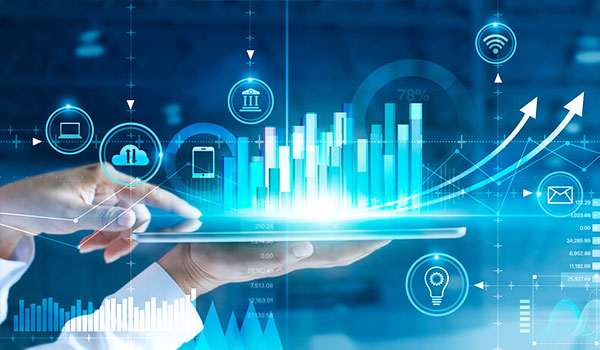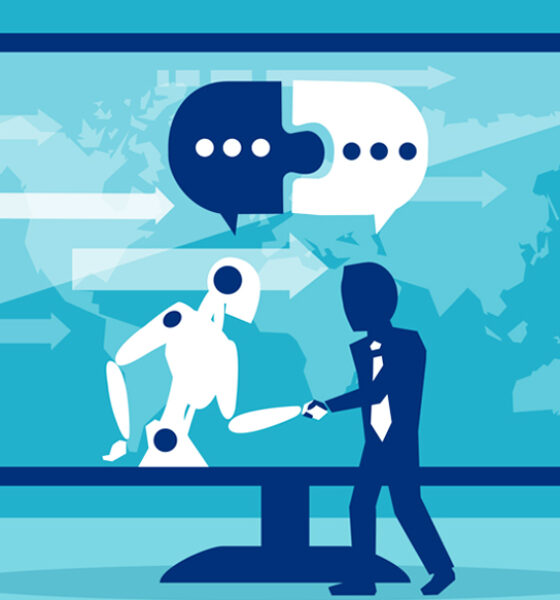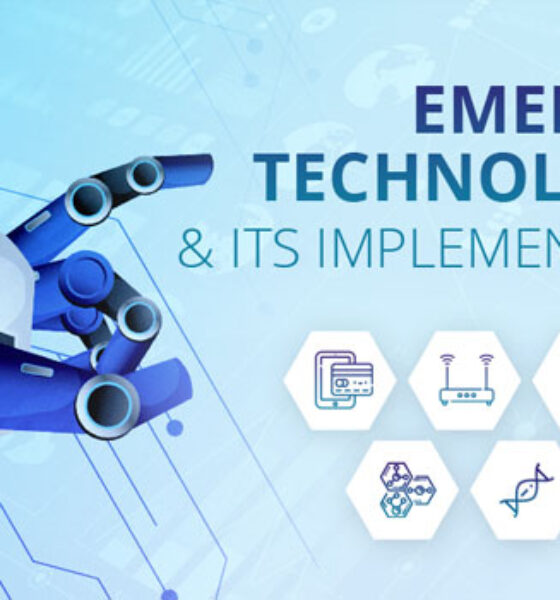The RISE of AI Economy

The RISE of AI Economy
The economy plays a vital role in people’s lives, in terms of business opportunities, job opportunities, and lifestyle. This blog presents a perspective on How Artificial intelligence (AI) is influencing the economy and what new opportunities are getting created. The RISE of AI economy brings in new kinds of opportunities cutting across various borders.
- The RISE of AI economy – The estimated market size.
- Opportunities opening up for the companies to leverage
- How some of the companies are using AI to solve a social problem – example
- Betting on the new economy
AI Economy:
AI (Artificial Intelligence) – The terminologies like Machine Learning, Deep Learning, NLP, RNN, CNN, etc., have become quite common in recent days. Many of us are aware that many companies are investing in solving some of the social issues and also in solving other issues using AI solutions in production, health care, travel, hospitality, product design, and so on.
These are emerging opportunities and many countries are in the race of capturing this market. AI has become a mainstream technological driver and this has become pervasive in many areas.
Price Water Coopers (PWC), a global consulting firm has estimated that the AI economy will reach $15.7 trillion by 2030. Many consulting firms have estimated the size of the AI economy and the size may change, but the key point is that the countries and companies are trying to capture these emerging opportunities and gain a leading position to capture this untapped market. This leads to The RISE of AI economy, and there is competition to capture this market.
AI impact on business: Opportunities that are opening up for the companies to leverage:
According to one of the leading global consulting companies Bain – 90% of executives say adopting AI is a priority and 87% are not satisfied with their current adoption of AI in their firms. The reason for adopting AI is mainly for two reasons – Expansion into new business and second is for cost reduction.
Irrespective of the business segment, AI adoption is getting accelerated post-Covid 19.
The following are some of the initiatives taken by some of the global companies using AI. The list is only an indicative list to get a sense of some of the adoption.
- Agriculture – Applying AI to get a better yield by using data (Ex: Gamaya – Agri AI solution provider)
- Manufacturing – Predictive maintenance of machinery to forecast downtime (Ex: Hitachi Predictive maintenance for Factory, MRI, etc.,)
- Health care – Better diagnoses of diseases (Ex: pr3event – preventive vision care for your babies)
- Transportation – Reducing traffic congestion by regulating traffic signals using AI (Ex: Siemens Mobility using AI)
AI Solving Social Problems: AI applied in waste management:
2.01 billion tons of solid waste are dumped every year as of 2016, which is 0.74 kg / per person day (ranges up to 4.5 kg per person day). It is estimated that up to 75% can be recycled and in the US it is estimated that 32.1% is recycled. In other geographies, there is enough scope for recycling.
-
It is one of the most pressing issues for any govt municipalities/agencies –
- Solid waste causes landfilling.
- About 20% of municipalities’ budget goes towards this
- As disposable income increases, the waste will increase and this will cause an additional burden on the government agencies
- Enough scope for recycling.
-
From the AI perspective,
- One of the key requirements is to get enough data, this is one area data could be available in plenty.
- For recycling, one of the key aspects is to segregate the waste into different buckets of waste. Image classification using AI helps to segregate the waste items.
- Higher scope for adding value – segregating the waste according to the recyclable needs
- Reduction in manpower requirements
- Reducing the health hazards for human beings, when combined with robotics or any other automated systems.
-
Opportunities for Aspiring companies
- Creating a platform for waste management
- Creating a recurring business model – revenue based on waste segregation
- Continuous stream of revenue and scope for continuous improvement
AI adoption challenges
At the same time, the following are some of the major barriers for adopting AI.
- Lack of existing trained resources
- High cost of hiring and training new resources.
- Lack of Quality data
- Cost of developing AI solutions is high.
AI future Scope
The adoption of IoT, 5G, Web 3.0 are increasing and correspondingly the amount of data collection is also increasing exponentially. Consequently, these trends are pushing the boundaries of using data effectively and intelligently. However, these new technologies are enabling to get new insights which was not possible earlier. For example getting from a hazardous environment was a challenger earlier. However using the modern technologies, getting data from a remote environment has become easy, these data are helping to solve some of the problems using AI. This trend is on the continuous growth momentum, which is leading lead to growth, prosperity of the human society and positive impact the on the economy.
Related Articles :
https://www.isacnewton.com/what-is-computer-vision-in-ai/





2 Responses